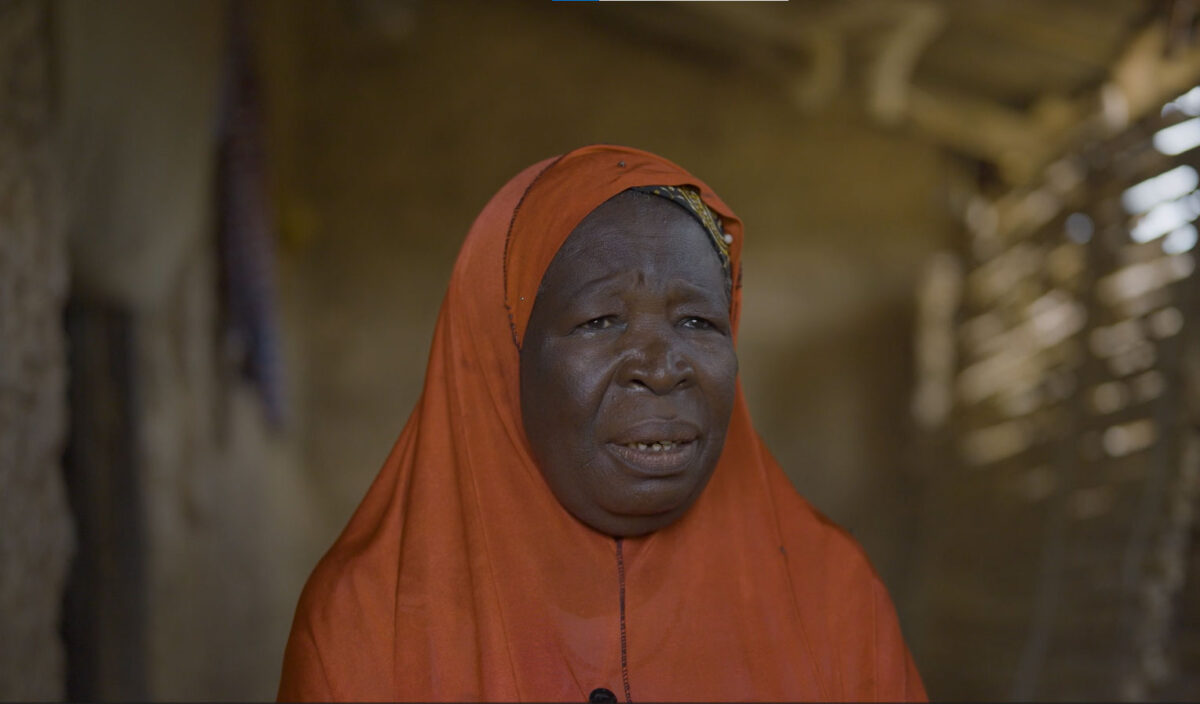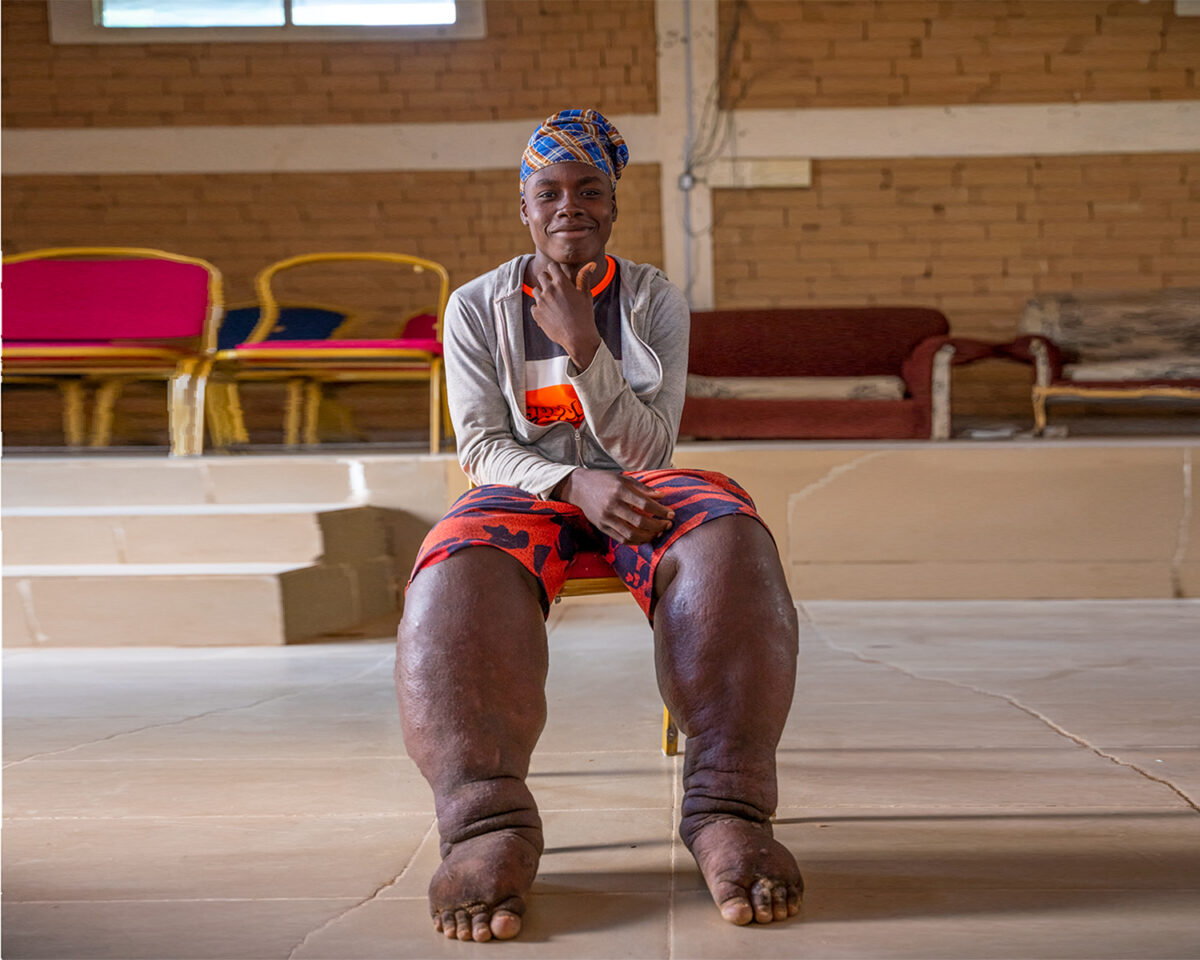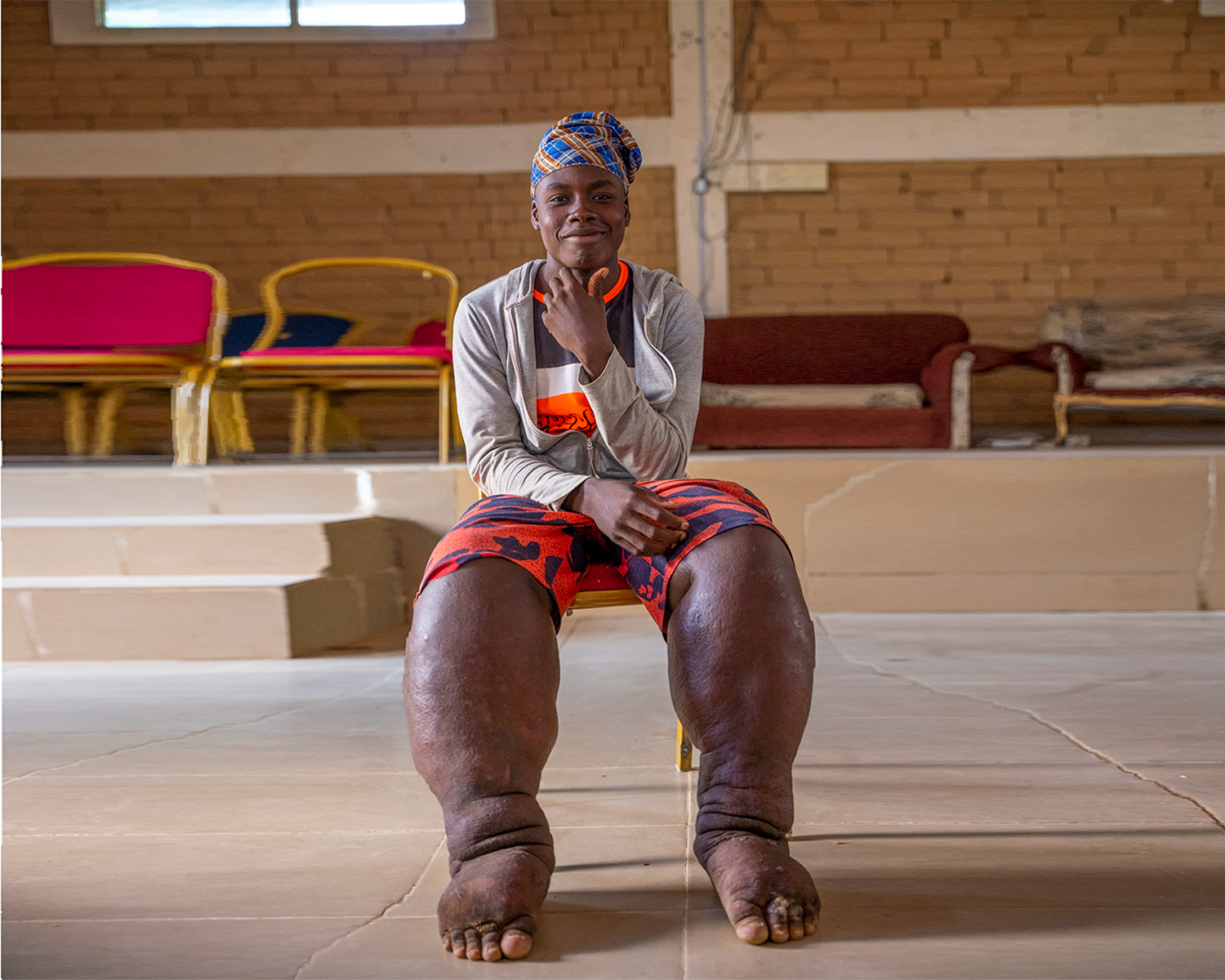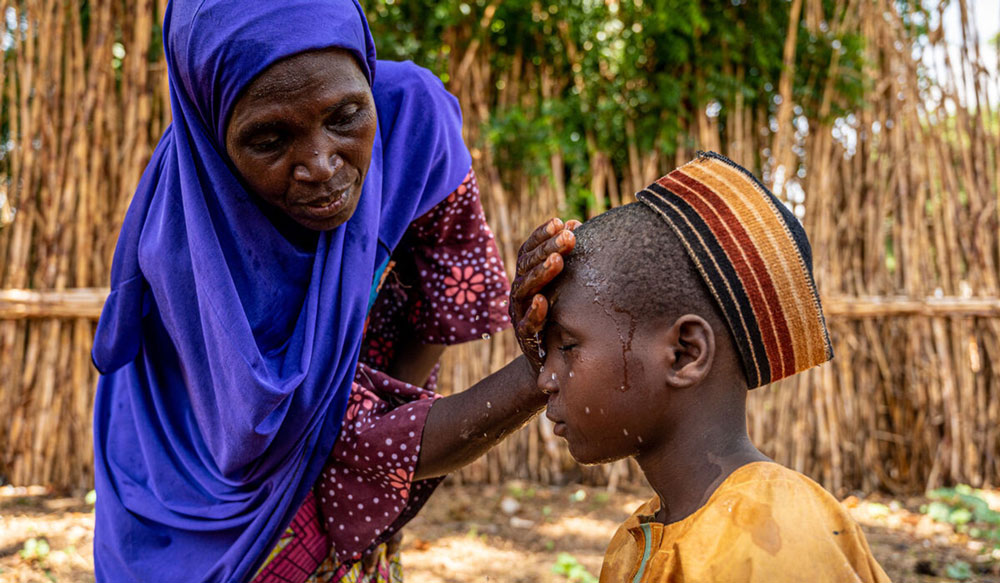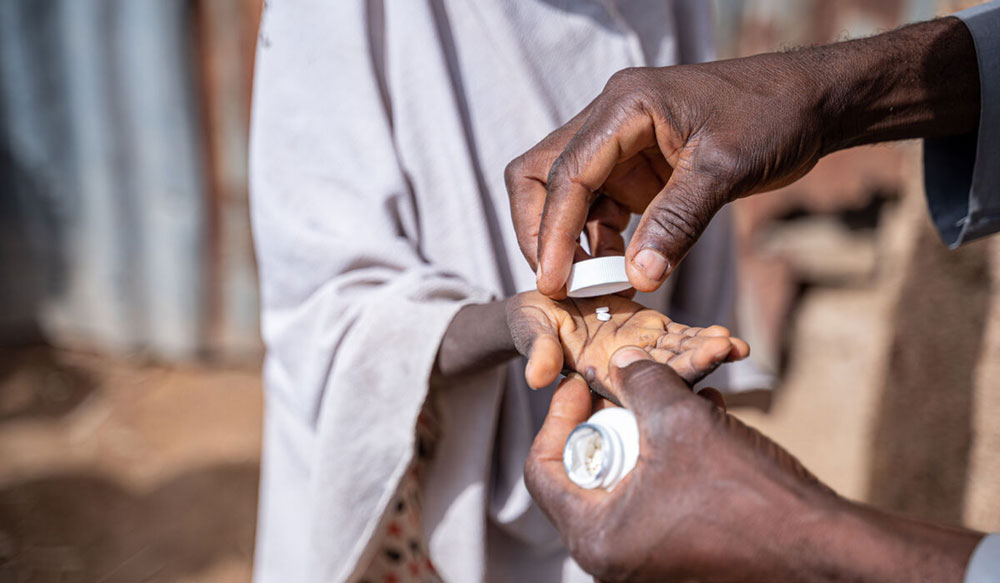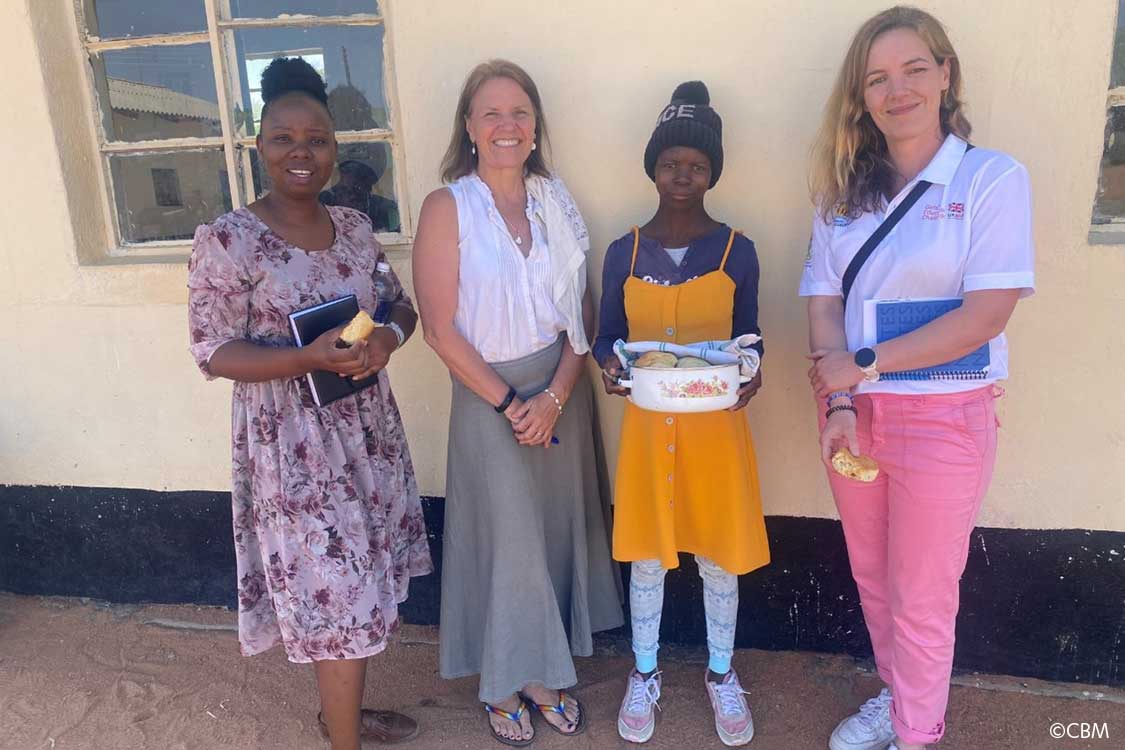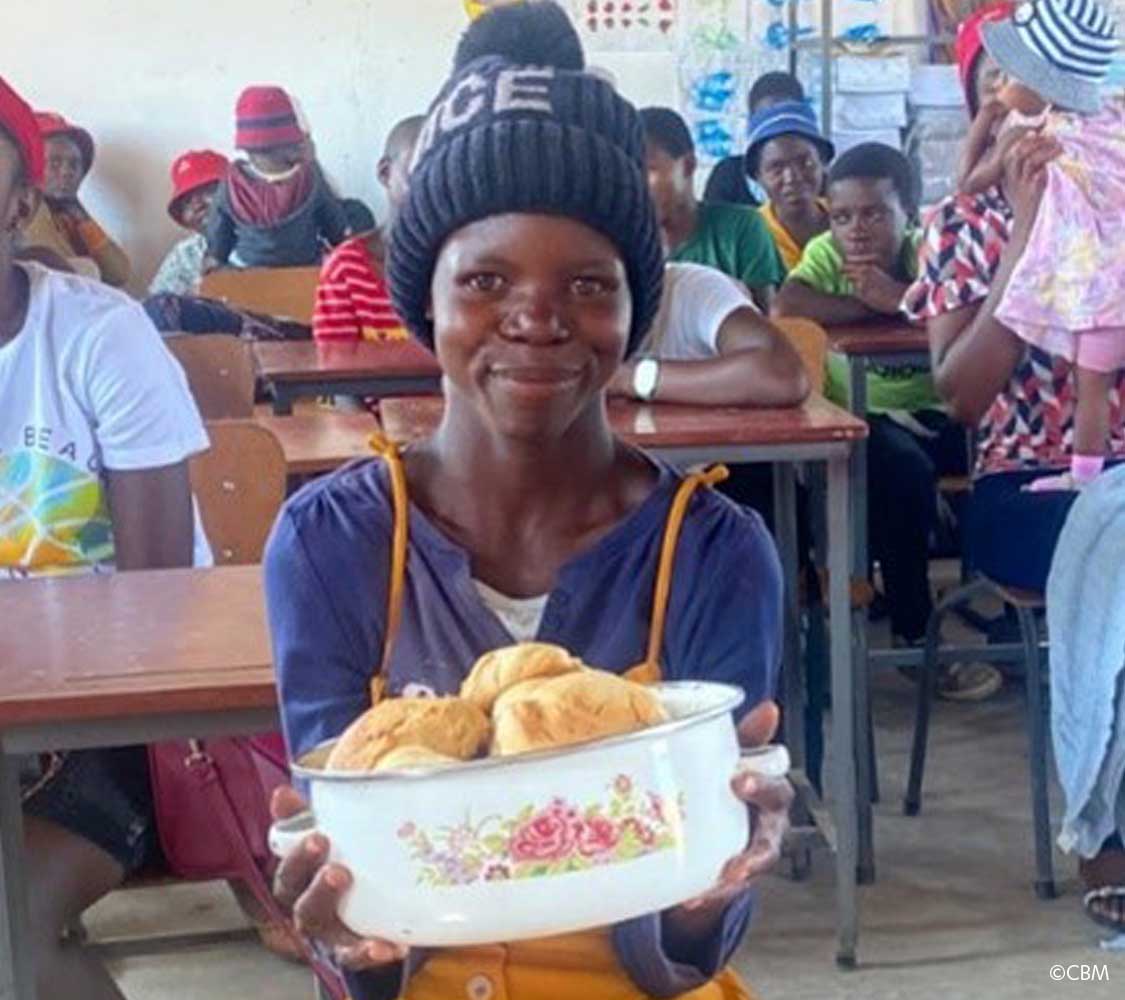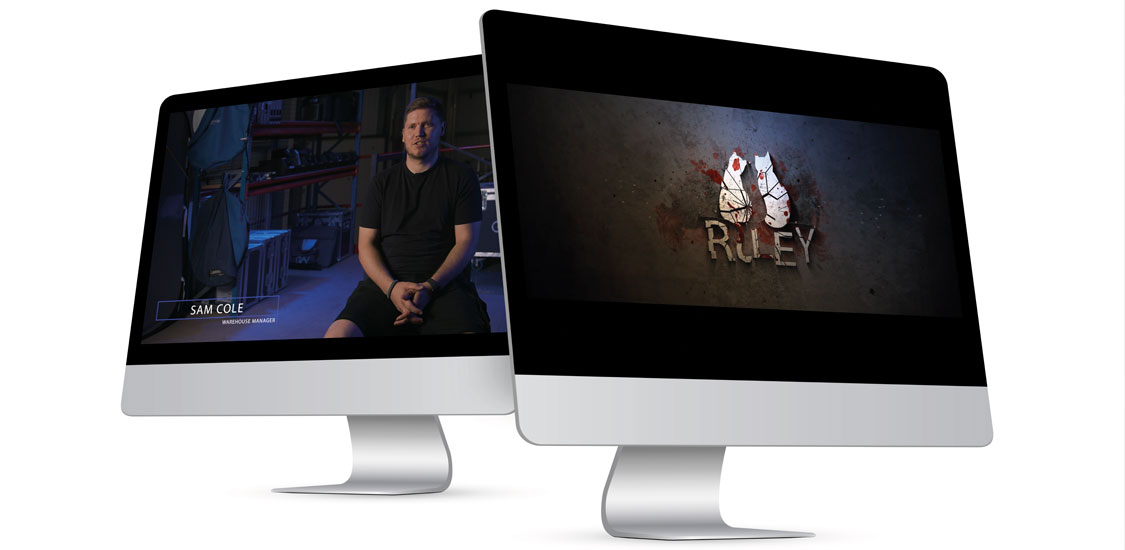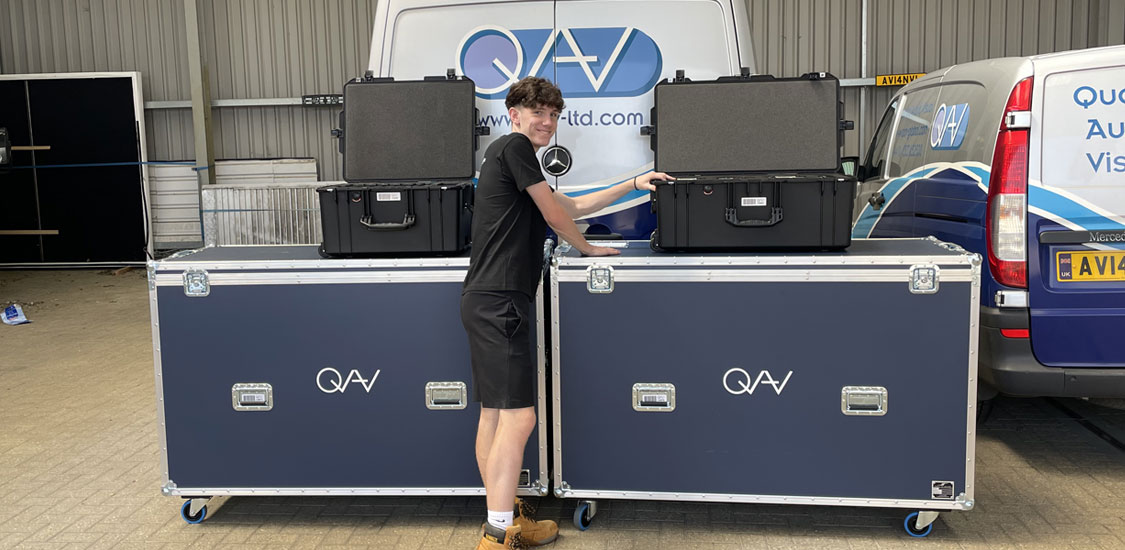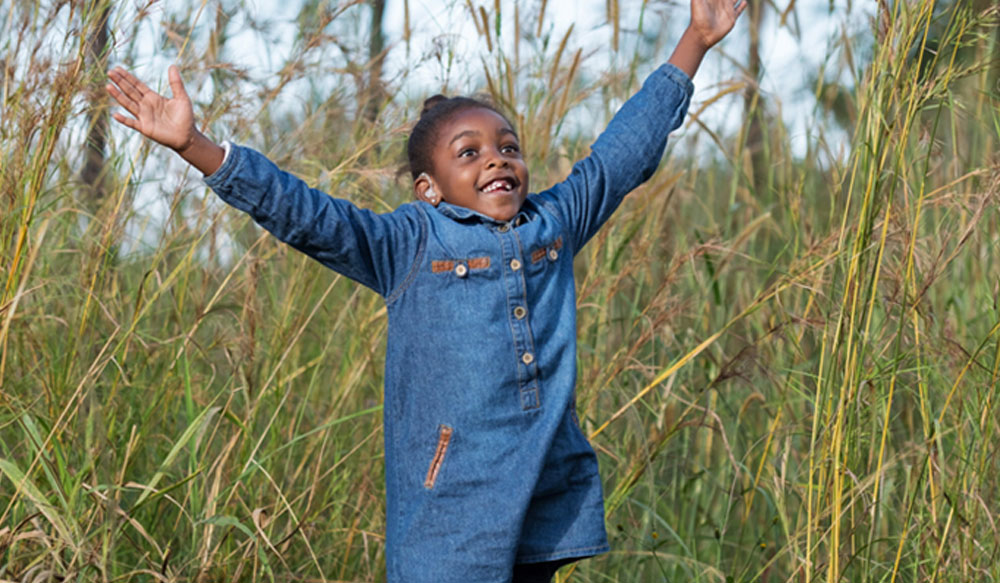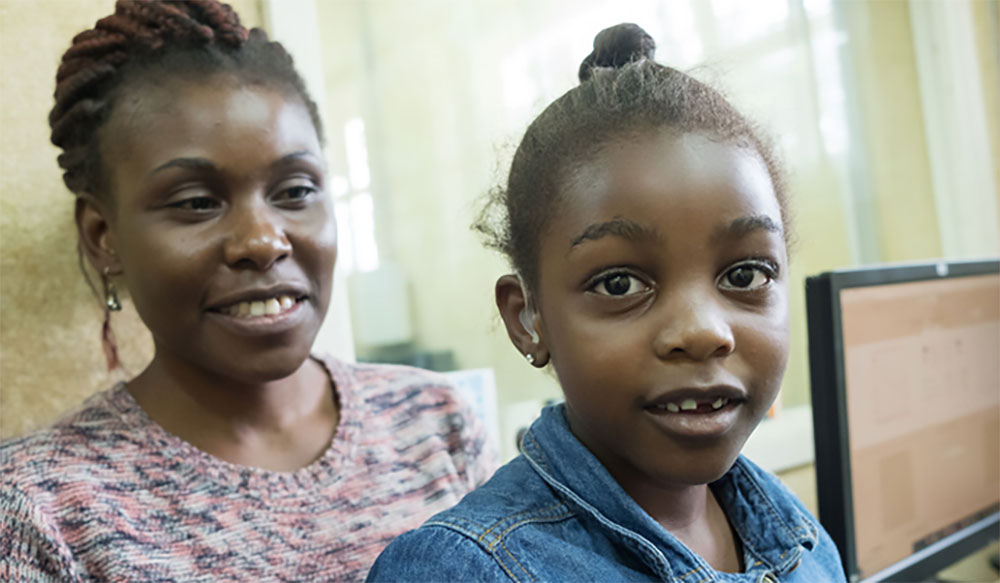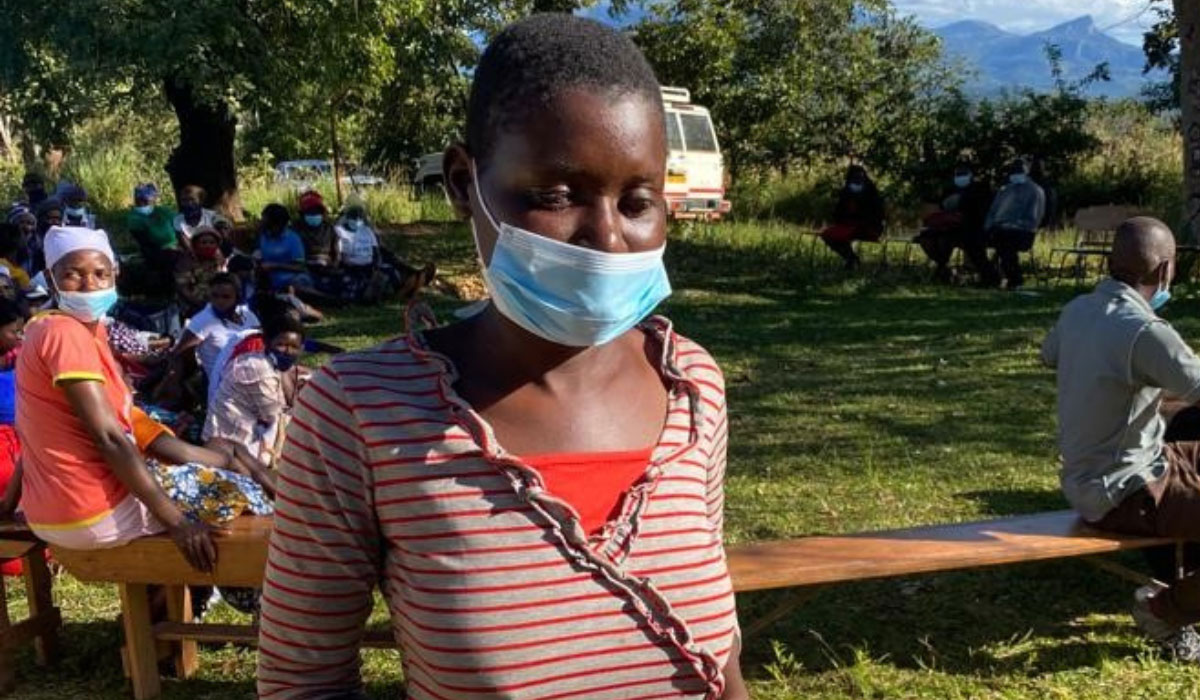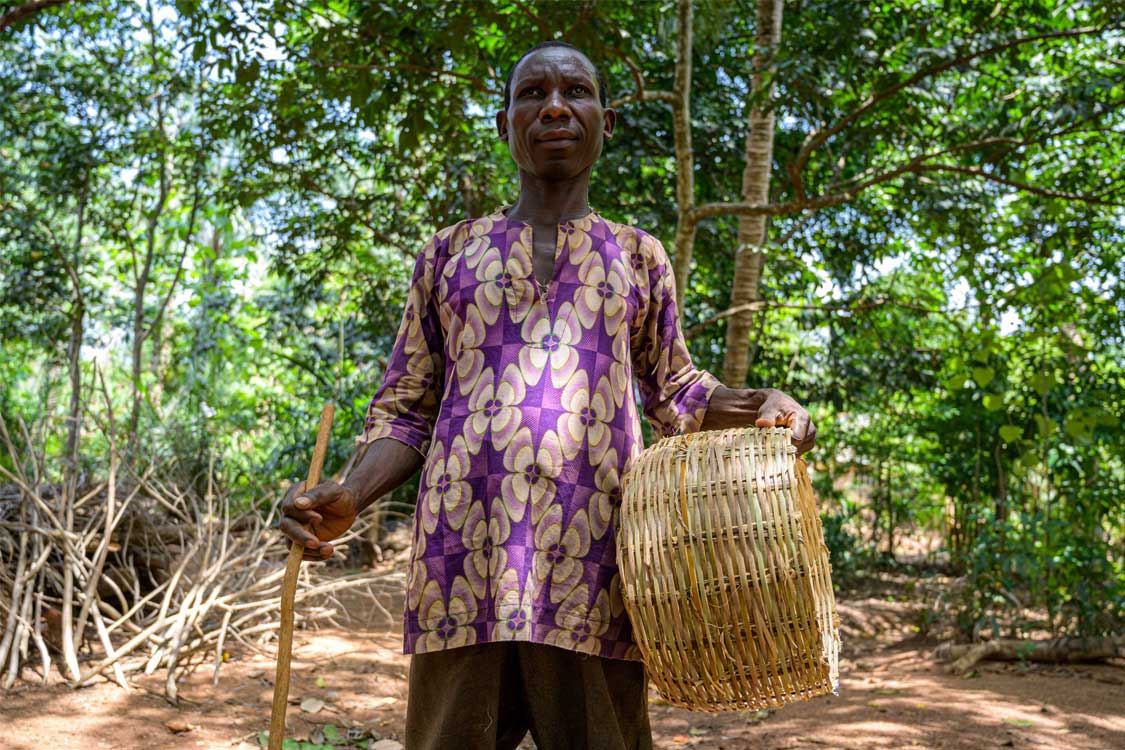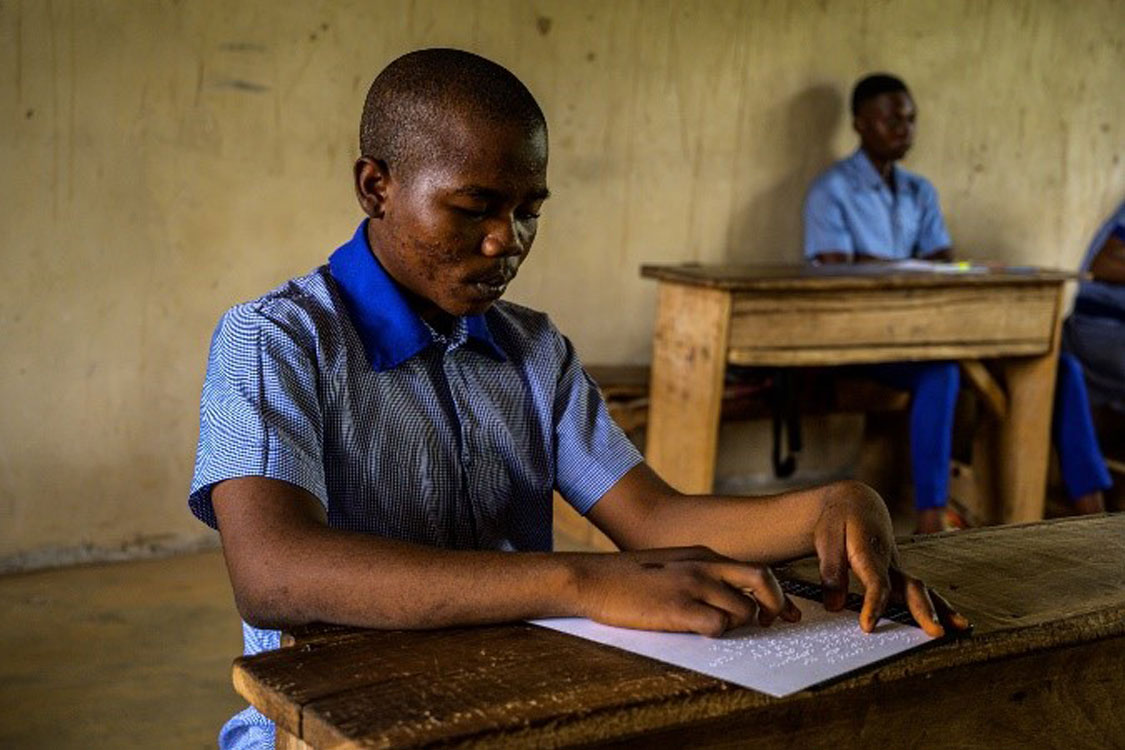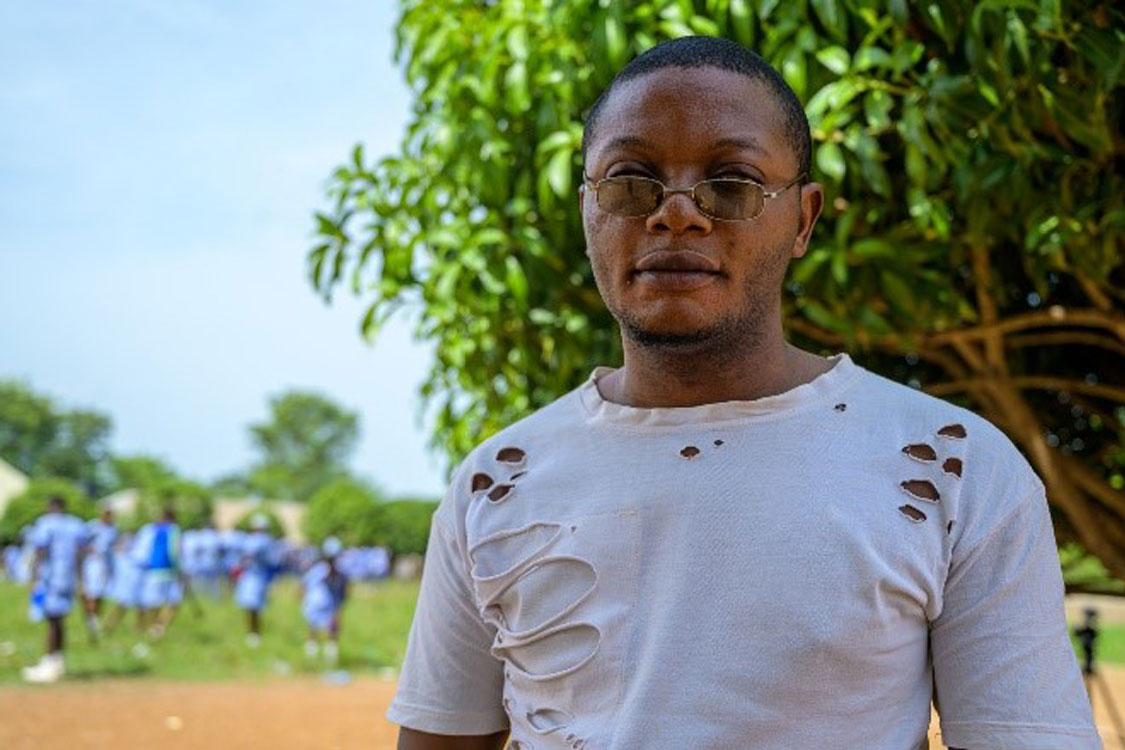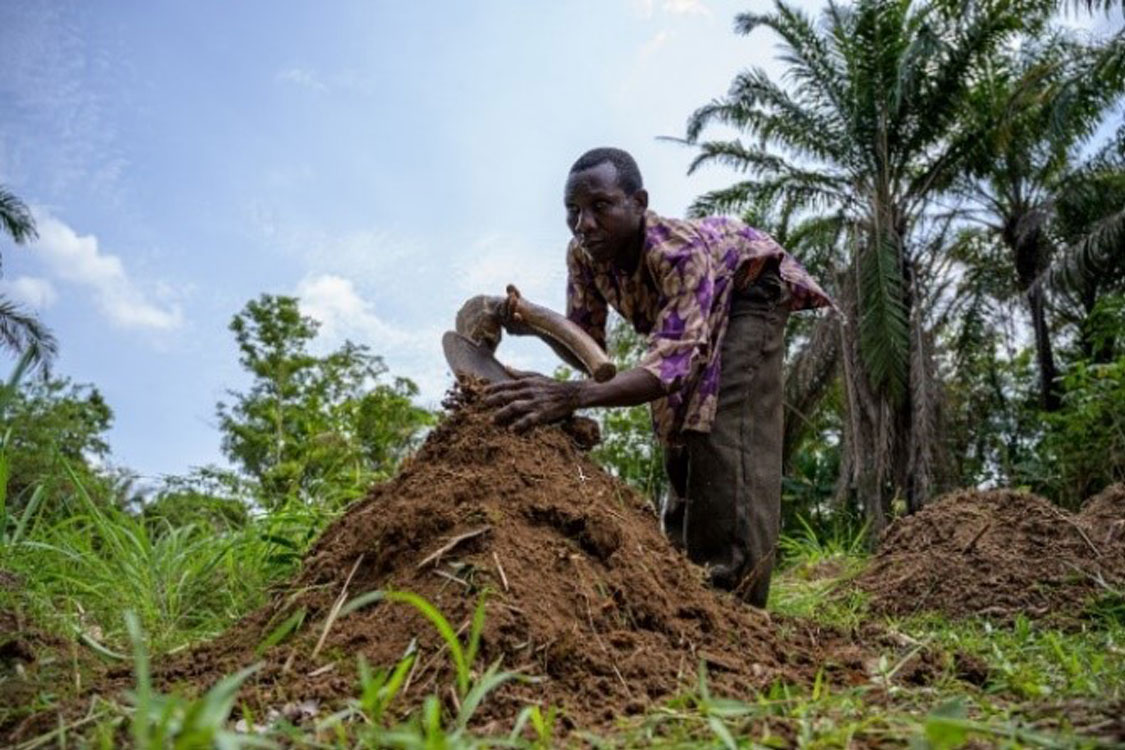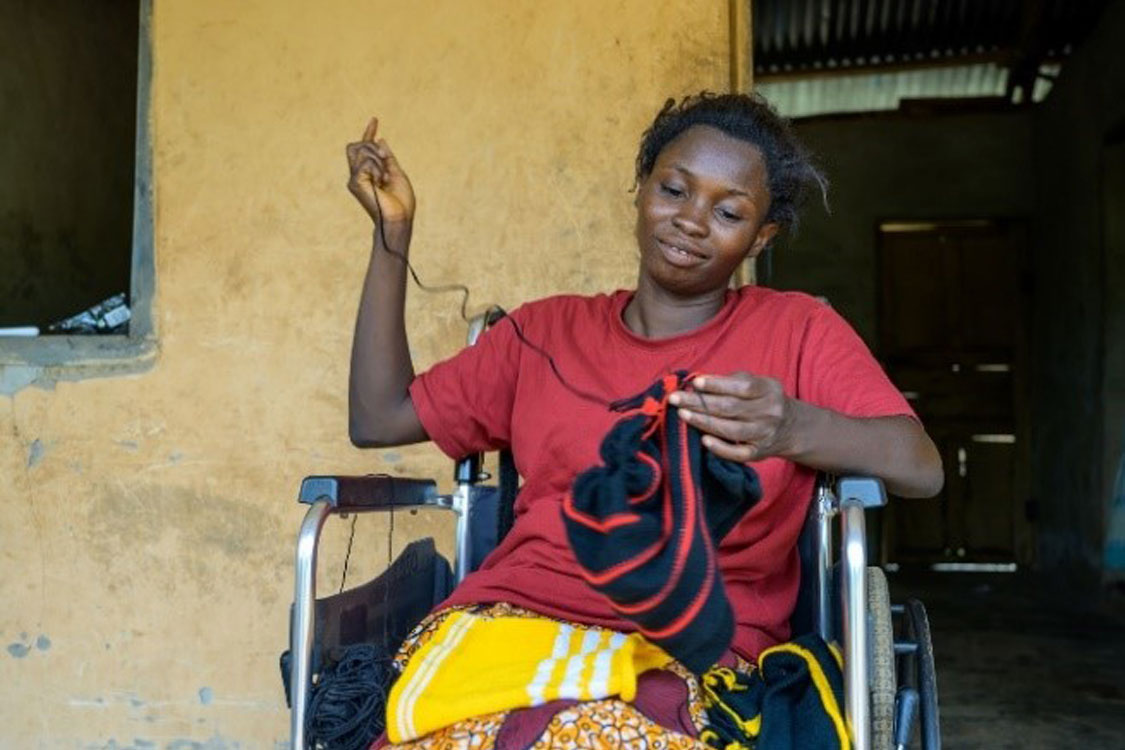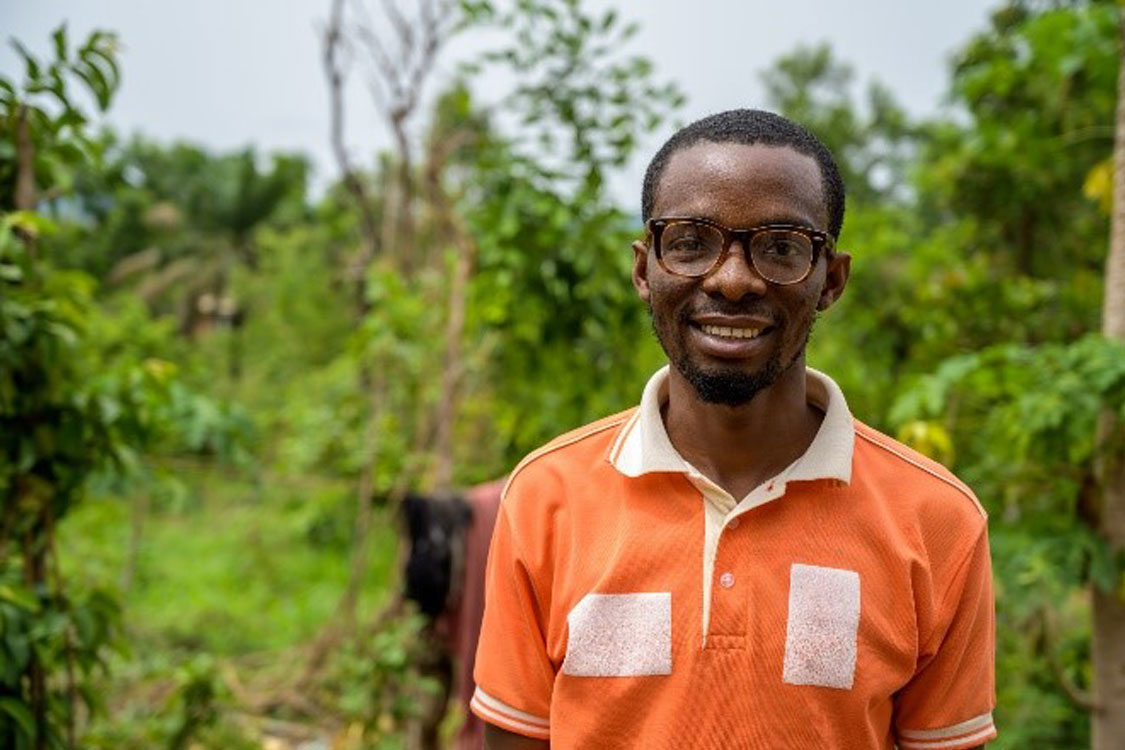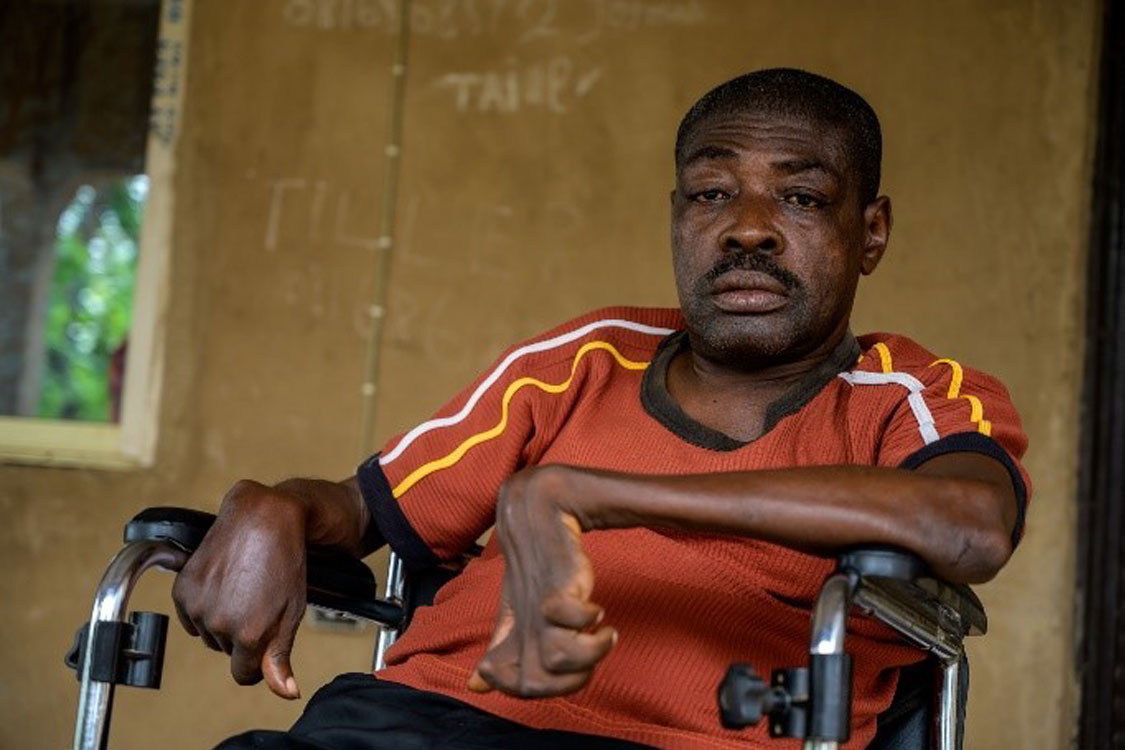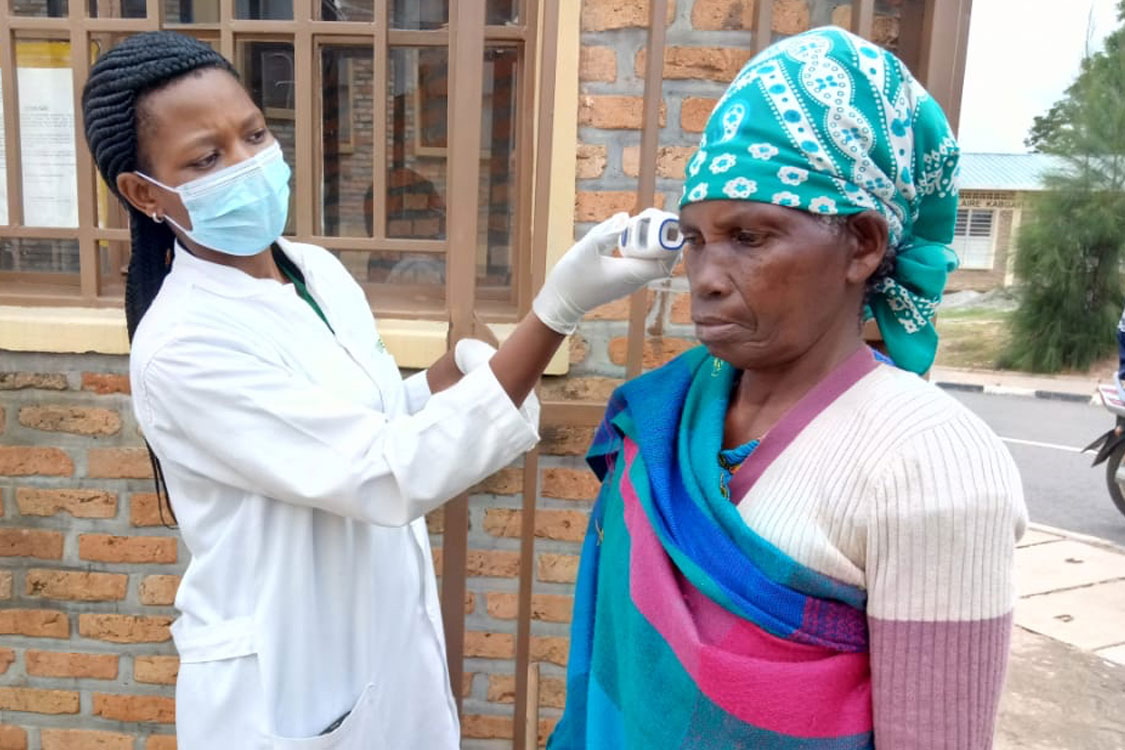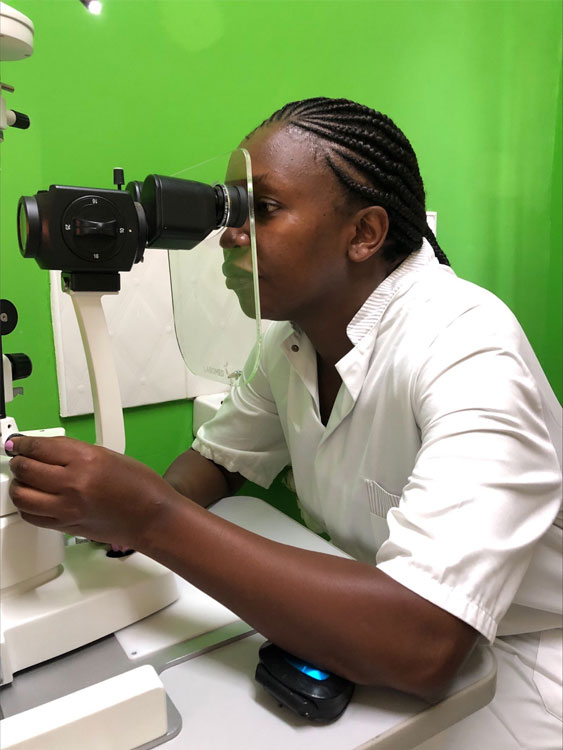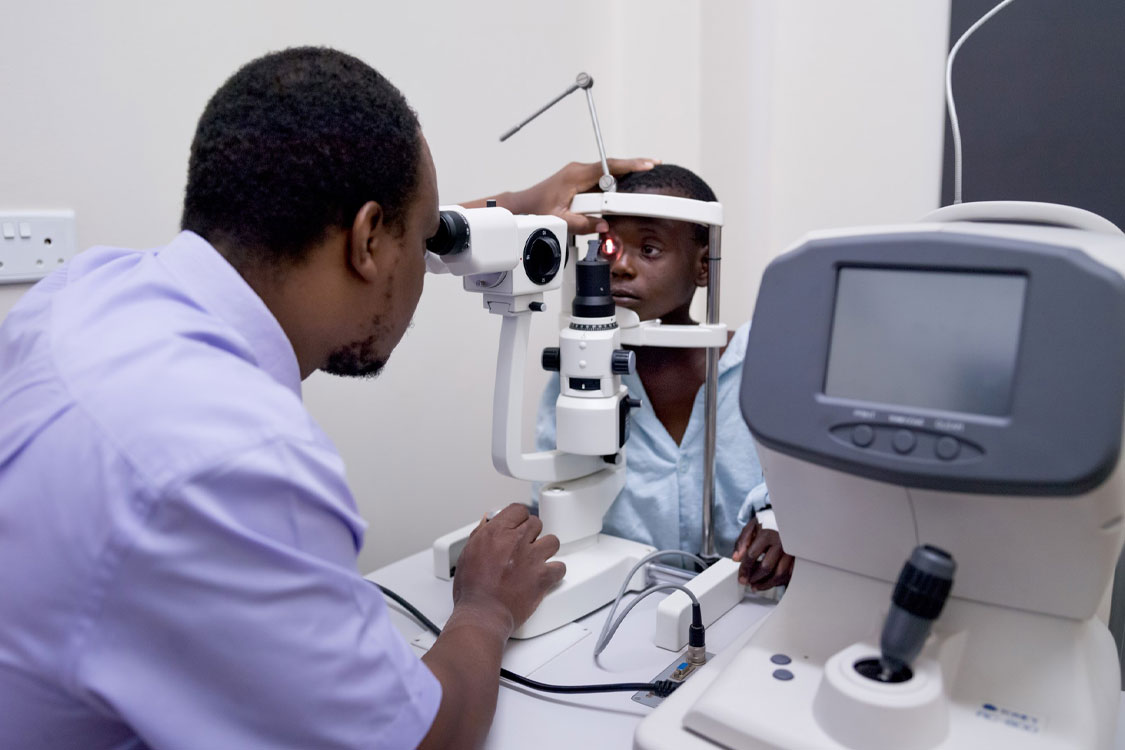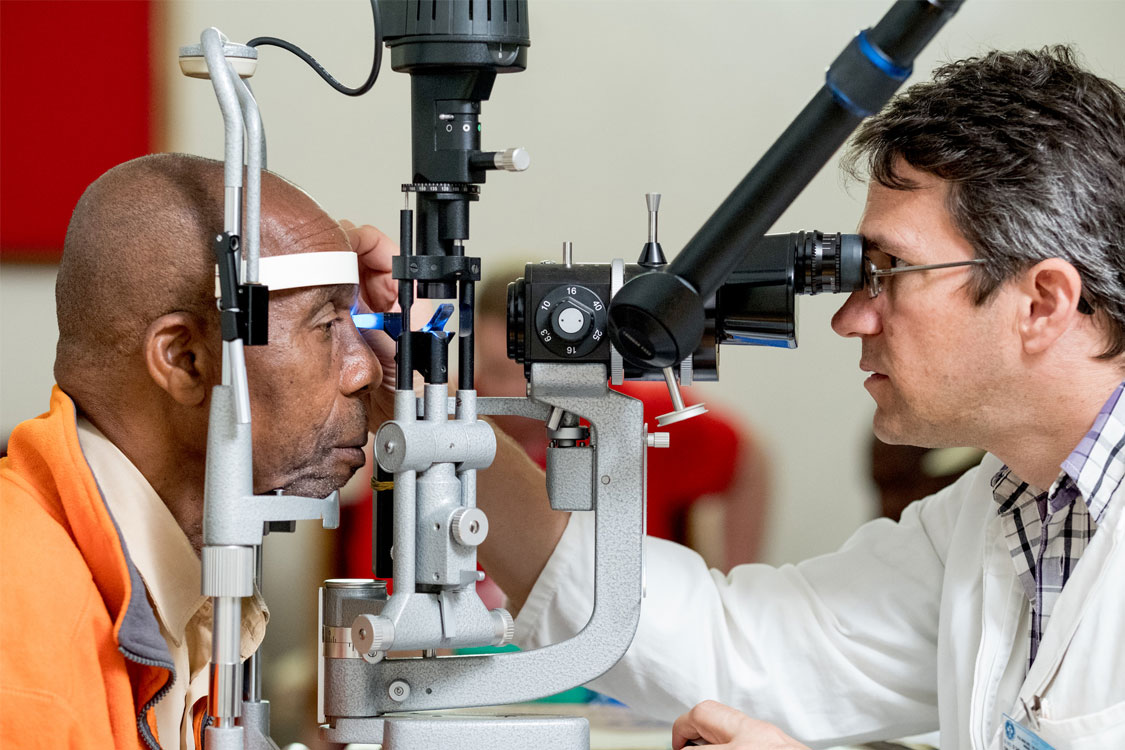
QAV IN THE COMMUNITY
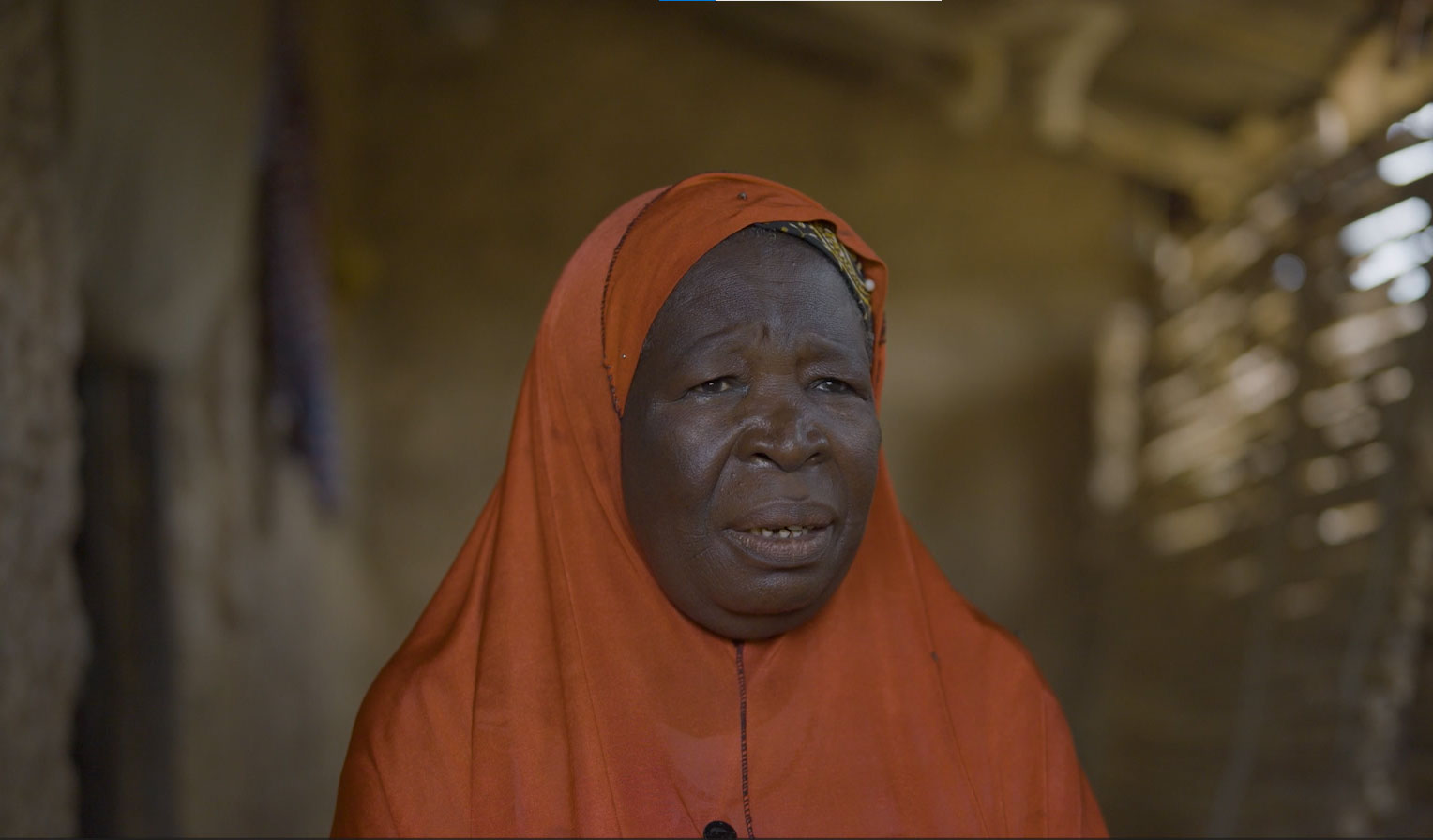
sharing stories.
- QAV-Global
“This story is not just about statistics; it’s about the people whose lives have been profoundly changed.”
Neglected Tropical Diseases (NTDs) are a rarely-talked-about group of diseases that can cause intense pain, disabling side-effects, and social stigma and discrimination. They are treatable and preventable, yet continue to affect over one billion of the world’s poorest and most marginalised people. CBM is raising awareness by sharing the stories of those most affected. Using their narrative, in their own words, these individuals show what is possible when NTD programmes consider the whole person, and all their needs, together.
CBM’s NTD programmes deliver a person-centred approach, tackling the many problems and challenges that arise for an individual with an NTD – from physical and mental health needs, to lack of employment opportunities, poor mobility and stigma from their family and community.
And the results are tangible. Project participants are sharing their experiences – using videos and vlogs to tell it in their own words – talking about how their lives have changed for the better, having been involved in our programmes.
The aim is to make sure their voices are heard – within their communities, by their local decision-makers, by funders and on an international level. Innovative story-mapping technology is being developed to amplify their voices and to learn from their experiences.
CBM’s CiSKuLA Project in Northern Nigeria has been ambitious working with communities at risk of, ad affected by Lymphatic Filariasis (LF). Together with their local partner HANDS, the project offers a multifaceted approach to breaking the NTD–Disability–Poverty Cycle.
“At the heart of the project is the understanding that true transformation comes from addressing the multidimensional needs of those affected by NTDs and disabilities. This project has brought together healthcare, economic empowerment, mental health care, and inclusive WASH (Water, Sanitation, and Hygiene) services in an unprecedented way.” Joseph Ameh, Monitoring and Evaluation Officer, HANDS, Nigeria.
By offering surgical and limb-care, livelihood support, hygiene training and mental health support, CBM’s inclusive approach goes beyond a purely medical approach, to ensure that nobody is left behind.
“The project is not only healing bodies but also restoring hope and self-worth to individuals, families, and entire communities.” Joseph continues.
People with NTDs often face rejection, stigma and discrimination. CBM have found that increasing the visibility of people with disabilities is essential to undermining negative stereotyping, fear and shame. They proactively support people with NTDs to be active, productive members of the community, so that they are recognised as people with dreams and hopes for their future like anyone else. Sharing their stories is a key part of this.
The CiSKuLA project is demonstrating the benefits of working holistically and taking a person-centred approach, showing what is possible when programmes consider the person as a whole. And now they want to share those stories far and wide.
QAV Ltd have an ongoing partnership with CBM, the Global Disability Inclusion Charity, through support of their Neglected Tropical Diseases (NTDs) programme, tackling the causes, symptoms and stigma of NTDs in some of the world’s poorest communities. Because together we can break the NTD – Disability – Poverty Cycle.
Amina’s Story: CiSKuLA: The Holistic Approach

